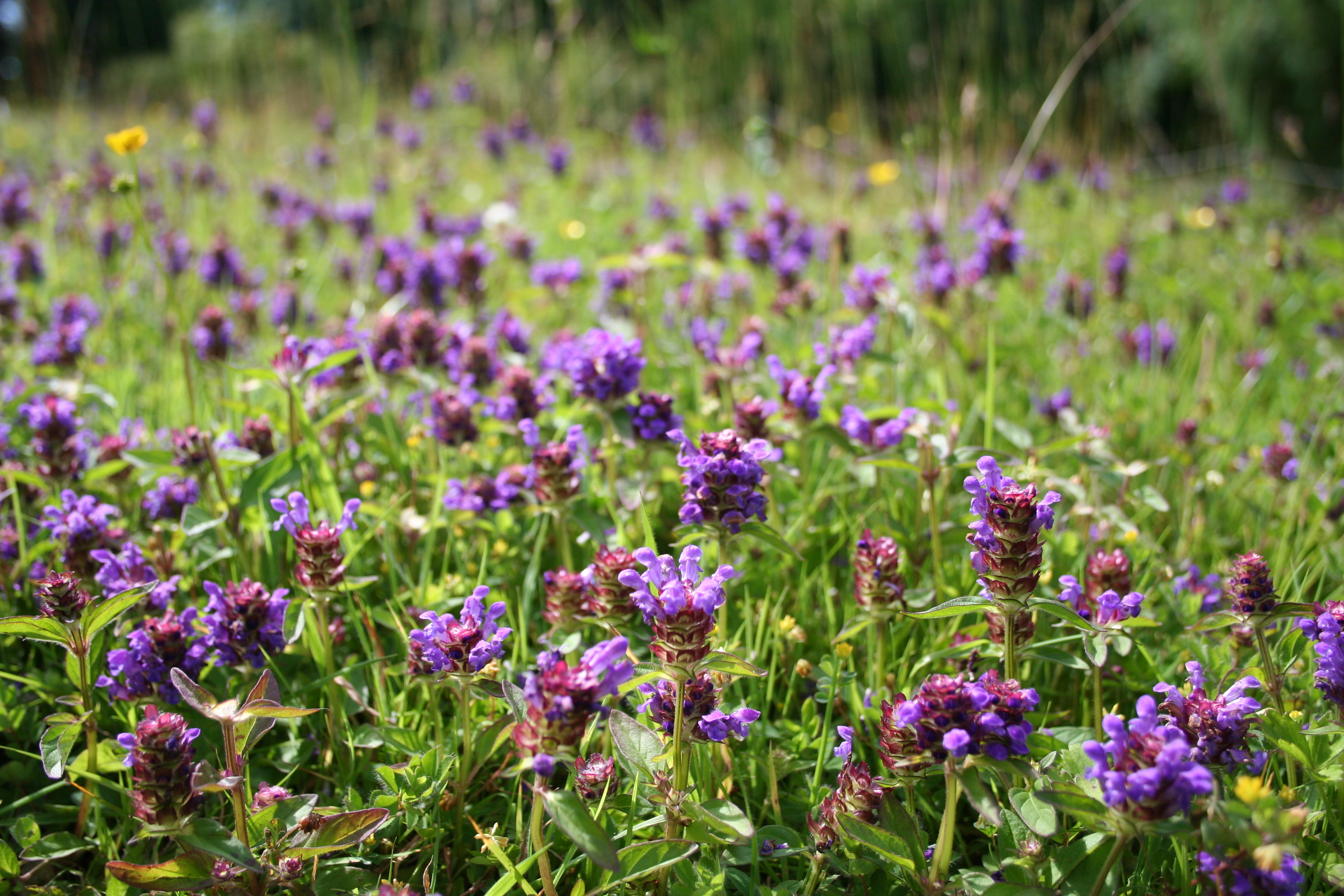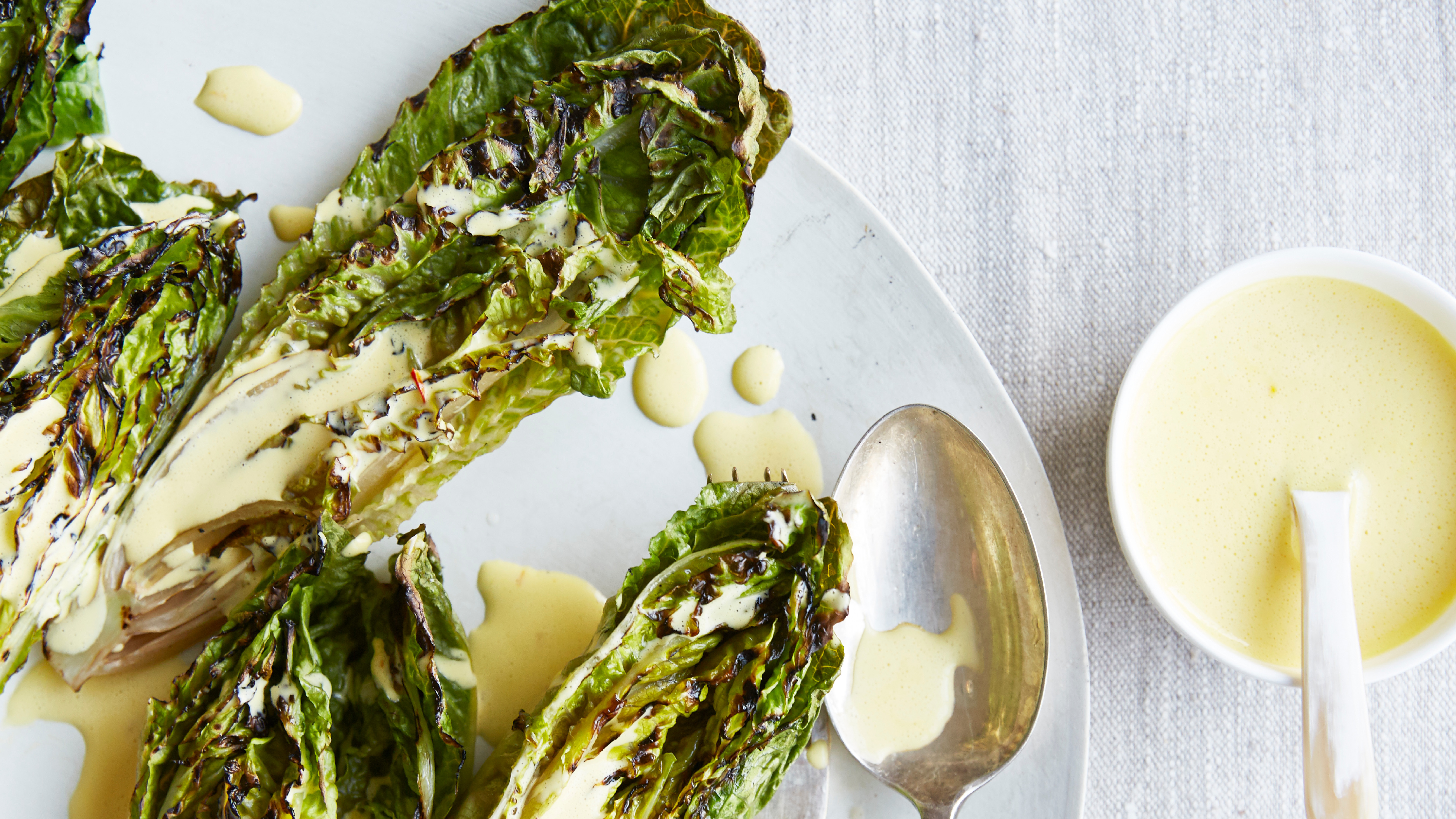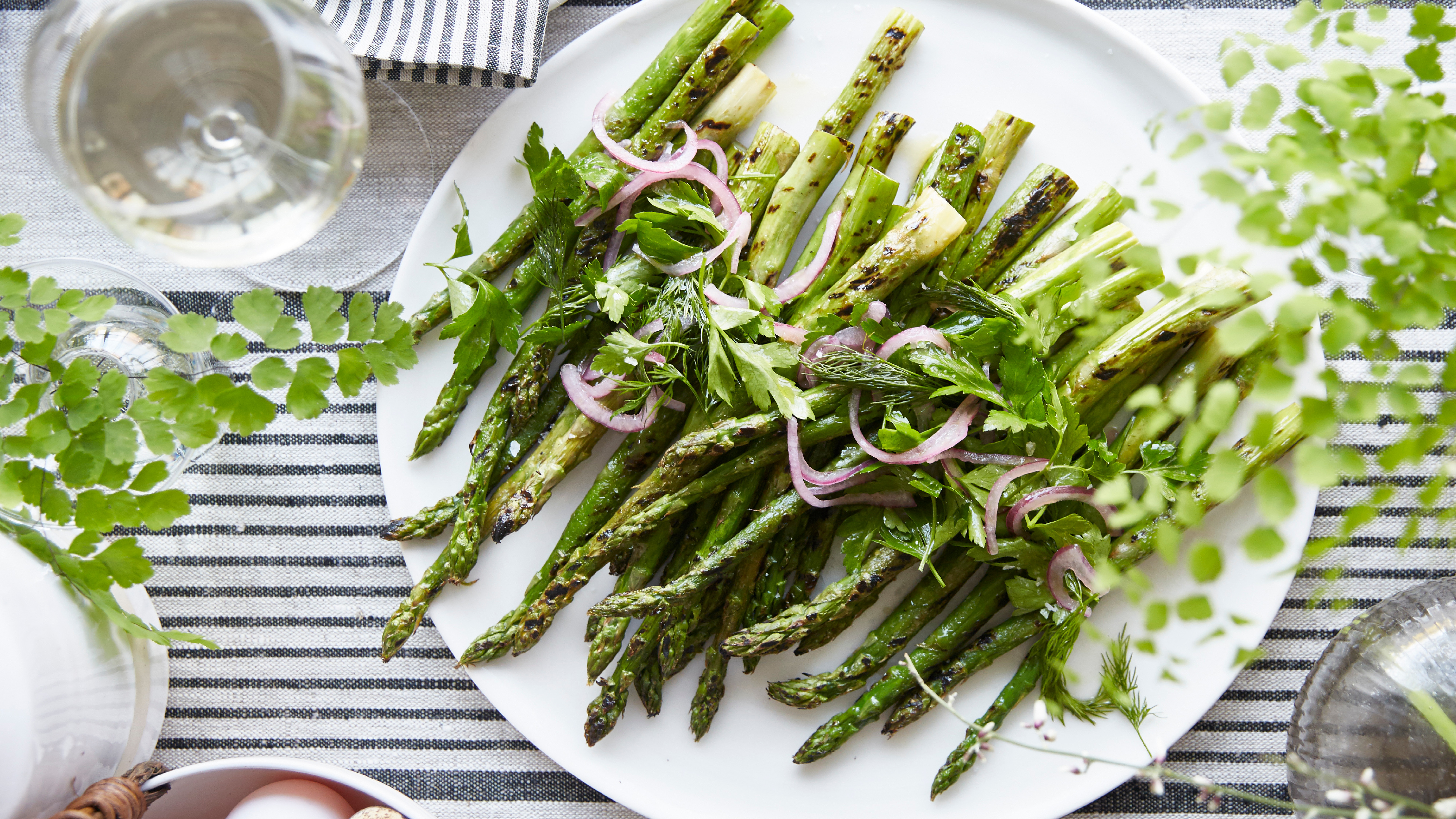What is No Mow May – why and how to take part
Campaign No Mow May encourages people not to mow during the month. This is why you should consider joining in


Only just catching on to No Mow May and wondering what it is? No Mow May is a campaign to encourage people not to mow their lawns in the month of May – and to mow less during the summer. The reason? To help wildflowers and pollinating insects when both are in sharp decline.
Joining in might mean not mowing all of the lawn that’s part of your backyard landscaping ideas, or leaving just a small area unmowed, but either way the aim is to let flowers bloom, and provide nectar for pollinators.
Here, we’ve put together all you might want to know about No Mow May, so you can decide if participating is right for you.
No Mow May: what is it?
Launched by British conservation charity Plantlife in 2019, No Mow May has seen increasing participation in the US.
While significant habitat loss in both Britain and North America has occurred over time, lawns offer the potential to become major sources of nectar, the charity says.
But that means giving plants like clover, dandelions, and self-heal the chance to grow and provide nectar for pollinators by choosing not to use the lawnmower during the month of May.
How to participate in No Mow May
To join in with No Mow May, leave the lawn unmowed. ‘Wildflowers that give nectar and pollen to honey bees will grow and bloom if we do not mow them down before they flower,’ explains Todd Hardie, considered the bee guru of the north country, and adviser to specialty food company in Vermont Runamok.
‘This food is important to honey bees and all pollinating insects as they need this nourishment for their families to expand in population in the early part of the season. May is an ideal time to not cut lawns as the grass has not reached the height that it will later in the season.’
There are lots of No Mow May ideas to explore.
What happens after No Mow May
After the month of May is over, Plantlife recommends cutting your lawn again, but doing ‘a “Mowhican” style cut in gardens, with some areas of lawn cut once a month and others left long and uncut. This gives “short-grass” plants like daisies and white clover the chance to flower in profusion, boosting nectar production tenfold. Areas of longer, unmown grass complement the short sward as they welcome a wider range of flowers.’
How often to mow a lawn? Be aware that you’ll have to adapt your mowing regime even if you wish return to your usual lawn style after May. ‘When it is time to cut your grass, you need to cut it in stages, meaning that you cannot go from No Mow May back to your old lawn in one cut,’ says CEO and co-founder of Elite Patio Direct Granger McCollough. ‘Grass should not be cut more than a third of its length as cutting any lower could kill your grass.’
What about weed ordinances?
Local ordinances or Homeowner Association guidelines could make participating in No Mow May potentially problematic. ‘Engage with your city council, health department, or other local officials,’ recommends Bee City USA, an initiative of the Xerces Society for Invertebrate Conservation. ‘Tell them what you are doing, why, and begin a conversation about how they can support natural landscapes in their community.’
Depending on where you live, however, you might find that not mowing is welcomed. ‘Here in Las Vegas, NV, “no mow” is encouraged year-round,’ says ASHS certified horticulturist Michele Chambliss of Perennial Garden Consultants. ‘In fact, due to extreme drought in our area, the Southern Nevada Water District encourages homeowners to replace turf grass with landscape plants, offering a $3 per square foot rebate to those who take the incentive.’
Should you consider no mow on a permanent basis?
You might want to let No Mow May provide a prompt to introduce wildlife garden ideas, and garden designer Michele Chambliss sees the initiative as a chance to make changes. ‘I view this as a great opportunity to create a more interesting garden,’ she says.
‘We’re trading generic lawn for plants that give our yards a sense of place. By utilizing flowering shrubs and perennials, we can create a colorful haven for pollinators and desirable wildlife while using less water. In many areas without HOA restrictions, vegetable gardens replace lawn, providing fresh organic produce and herbs.
‘In the home landscape, consider how much turf grass is actually used,’ she continues. ‘Families with children often appreciate that patch of green for play, but in many yards the green is just for decoration, especially in front. Sometimes the lawn can be reduced, increasing space for planting beds. Children as well as adults also appreciate the life – hummingbirds, butterflies, and beneficial insects – native perennials bring to their outdoor space; life that a lawn simply does not attract.’
Consider, too, a lawn with clover. ‘Whenever we plant a turf grass lawn, we buy bags of perennial legumes, mainly white clover or alsike clover, to mix in with the turf grass seed. These flowers add great beauty to a lawn,’ says Todd Hardie.
Can I not mow the lawn in May?
Not mowing the lawn in May can be highly beneficial to native flowers and pollinators. However, do bear local ordinances in mind. Bee City USA recommends strategies to engage with local officials, and educate neighbors so you don’t fall foul of regulations.
As for the lawn itself, not mowing can help it become more drought resilient, and save water, according to Bee City USA.
What are the benefits of No Mow May?
No Mow May has a host of benefits. It gives flowers the chance to bloom, which supports pollinators.
‘It is not only plants and pollinators that benefit – we do, too,’ says Felicity Harris, head of participation, Plantlife. ‘Less mowing gives garden lovers more time to relax and reconnect with nature. Those hours previously spent mowing can be used to spending time with others building a wildlife pond, a bug hotel or a reptile refugium.’
Sign up to the Homes & Gardens newsletter
Design expertise in your inbox – from inspiring decorating ideas and beautiful celebrity homes to practical gardening advice and shopping round-ups.

Sarah is a freelance journalist and editor. Previously executive editor of Ideal Home, she’s specialized in interiors, property and gardens for over 20 years, and covers interior design, house design, gardens, and cleaning and organizing a home for Homes & Gardens. She’s written for websites, including Houzz, Channel 4’s flagship website, 4Homes, and Future’s T3; national newspapers, including The Guardian; and magazines including Future’s Country Homes & Interiors, Homebuilding & Renovating, Period Living, and Style at Home, as well as House Beautiful, Good Homes, Grand Designs, Homes & Antiques, LandLove and The English Home among others. It’s no big surprise that she likes to put what she writes about into practice, and is a serial house renovator.
-
 Charred little gem with saffron dressing
Charred little gem with saffron dressingThis recipe with charred little gem is both easy to make and sure to impress guests. It's the perfect side for fresh spring menus
By Alice Hart
-
 Grilled asparagus with herb and pickled red onion
Grilled asparagus with herb and pickled red onionThis grilled asparagus couldn't be easier, and it's a wonderful way to get the best flavor from our favorite spring veg. It's perfect alongside fish or lamb
By Alice Hart